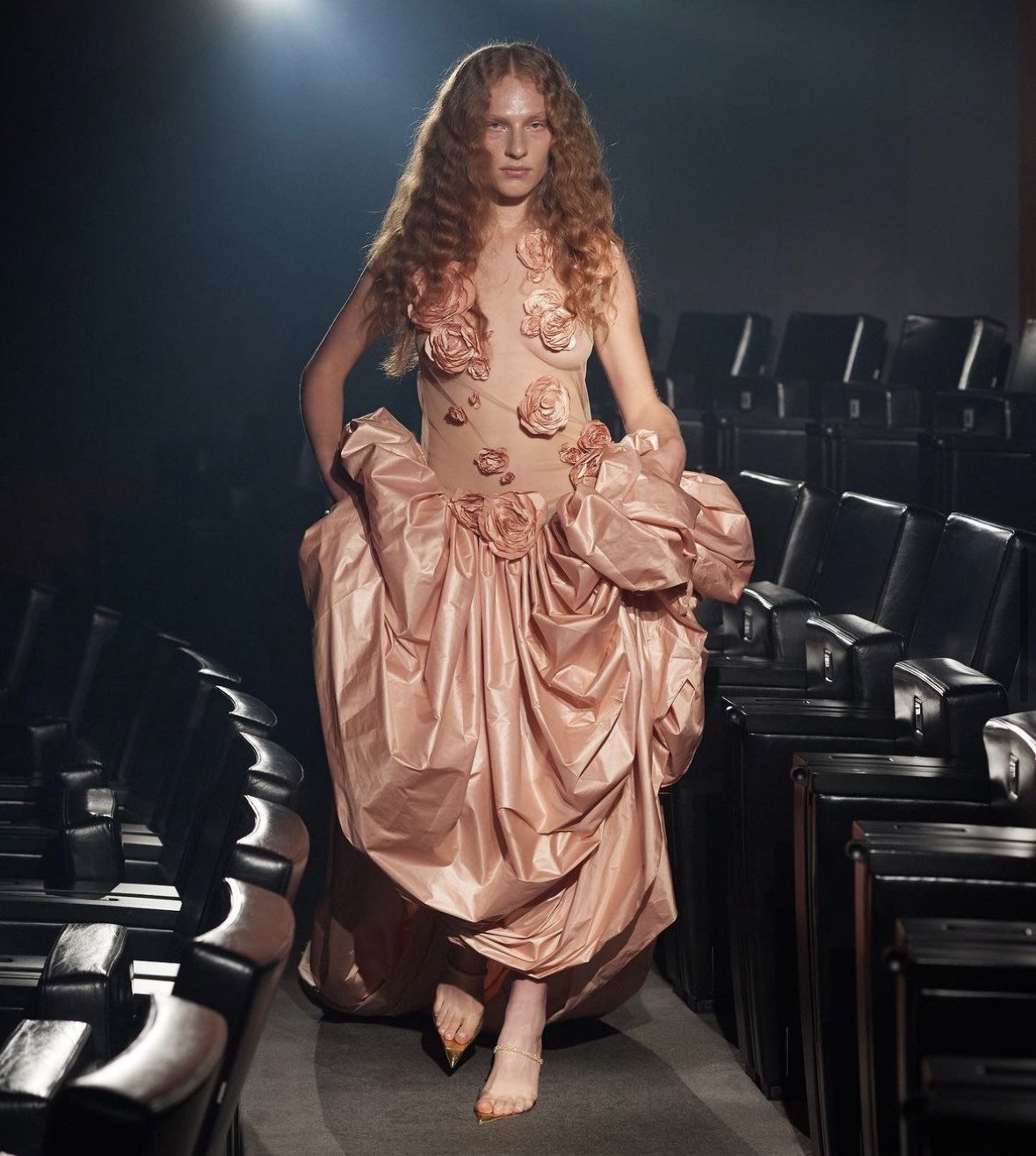The Deadly History Of Green Victorian Gowns
During the festive period of the year, green is a popular colour used for a multitude of things from tinsel and Christmas jumpers to wrapping paper and foliage. A colour commonly found in nature, green denotes growth, life and evolution but in fashion, it has a sinister history. What you’re about to learn will make you look at that forest green dress hanging in your wardrobe in a very different way!
If you have read our article about the expensive art of creating Tyrian purple dye, you will know that concocting dye for clothing can be an arduous task. While Tyrian purple required thousands upon thousands of ground-up molluscs, green required something more lethal. During the 19th century, gas lighting slowly eradicated the use of candlelight making rooms considerably brighter and thus people wanted their clothes to be made of ever brighter and stronger hues. Luckily, or unluckily, a new green dye was introduced in Germany by the Wilhelm Dye and White Lead Company in 1814. It was bolder and brighter than any previous green dyes and had such a jewel-like effect it began to be known colloquially as ‘emerald green’.
This new dye was flying off the shelves, so to speak, being used for clothing, wallpaper and carpets. Anything that could be dyed green was being dyed green!
As with many things in life, there is often a catch, the one here being the use of arsenic to create this sought-after green shade. Arsenic is a deadly poison, in high dosages, it can very swiftly remove life. Lower level arsenic exposure over a prolonged period of time, as would happen with this dye, can cause skin damage such as ulcers, scabs and sores, liver and kidney damage as well as a shortage of red and white blood cells which increases the chance of infection and creates fatigue. Oh, and cancer. It’s bloody nasty stuff and not something you want to cover your entire house and clothe your body with. It didn’t take long for tales of arsenic poisoning to spread with countless stories surviving to this day. There were reports of babies dying in their green-wallpaper nurseries, people’s hands breaking out in blisters after trying on green gloves and even a foreign dignitary telling Queen Victoria that he felt ill due to the wallpapers being used in Buckingham Palace.
One particular story of a factory worker is perhaps the most horrifying. 19-year-old Matilda Scheurer would apply arsenic-laced green dye onto fake flowers and passed away under awful circumstances in 1861. The reports of the time say that she threw up green vomit, the whites of her eyes had turned green and before she died she claimed that ‘everything she looked at was green.’ And, doctors knew what was going on but it still took decades for people to give up their love affair with the emerald green dye. As early as 1857 doctors began to speak up about the ‘great deal of slow poisoning going on in Great Britain’. As a response to a story about arsenic poisoning via a pair of socks, The Times wrote ‘What manufactured article in these days of high-pressure civilization can possibly be trusted if socks may be dangerous?’ This just didn’t deter people! For whatever reason, be that vanity or sheer stupidity and refusal to face the facts, the middle and upper classes carried on adoring the deathly shades of green. For added context, arsenic was a well-known poison at the time. It’s not like they’d never heard of the stuff before - most households would have had some kind of rat killer made from arsenic!
Image: The Wellcome Library
It wasn’t until 1895 that regulations were put in place, controlling the conditions in factories where workers were exposed to arsenic and consumers finally began demanding alternative dyes. Thankfully, the green in your festive products are not laced with arsenic but just keep your wits about you if ever come across a Victorian antique piece with green on it and get it checked out by a professional!










